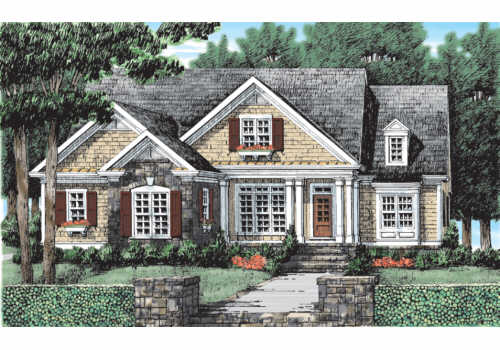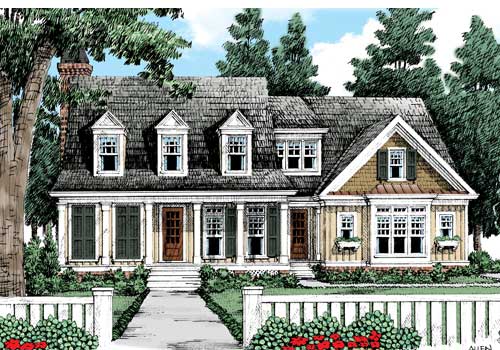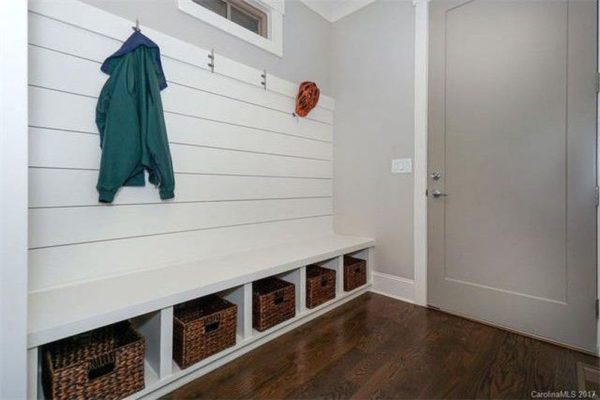At Frank Betz Associates, we believe that paradise is a cozy chair, a warm drink, and your feet up on a crisp fall day. Who says you can’t experience this bliss on a daily basis? With a gorgeous outdoor living area attached to your home, you can finally enjoy the beauty of fall in true style — day or night.
From impromptu get-togethers with friends to mornings with a cup of coffee and a good book, an expertly designed exterior completely changes the way you live your life. Especially in the fall, when the weather cools and the scenery comes alive, you don’t want to miss a single moment of what’s right in front of you…
Covered Porches
Just as functional as they are stylish, our covered porches allow you to experience the outdoors in complete comfort. Perfect for all times of day, you’re free to do whatever you wish — whether that be host your family and friends for a fun fall meal or take advantage of your quiet time and relax.
Best of all, our aesthetically pleasing porches add to the beauty of your home, which makes them the ideal asset. The goal of these features is to extend your indoor life to the outdoors, so that you can truly feel like your best (and most free) self whenever you’re in your home.
Fire Pits
Who says cold weather has to stop you from enjoying the peace and privacy of your backyard? With a modern, compact fire pit, you have every opportunity to sit outside and do exactly what you normally would in the warmer months of the year. It may not still be summertime, but it’s always prime time for relaxing.
Style your furniture around your fire pit however you wish and watch your space ignite with life — there’s nothing more charming than a cozy fire. Do you have fond memories of camp as a child? Gather with your kids for homemade s’mores under the stars. From happy hours to celebrations, a fire pit brings a spark to your space that you can’t help but fall in love with each time.
With 100 years of combined experience and unmatched skill in all areas of home design, you can be sure that we have a plan that fits your preferences perfectly. Are you ready to live in a home that loves you back? We can’t wait to meet you and get started! For more information about our house plans, please call 888-717-3003.





